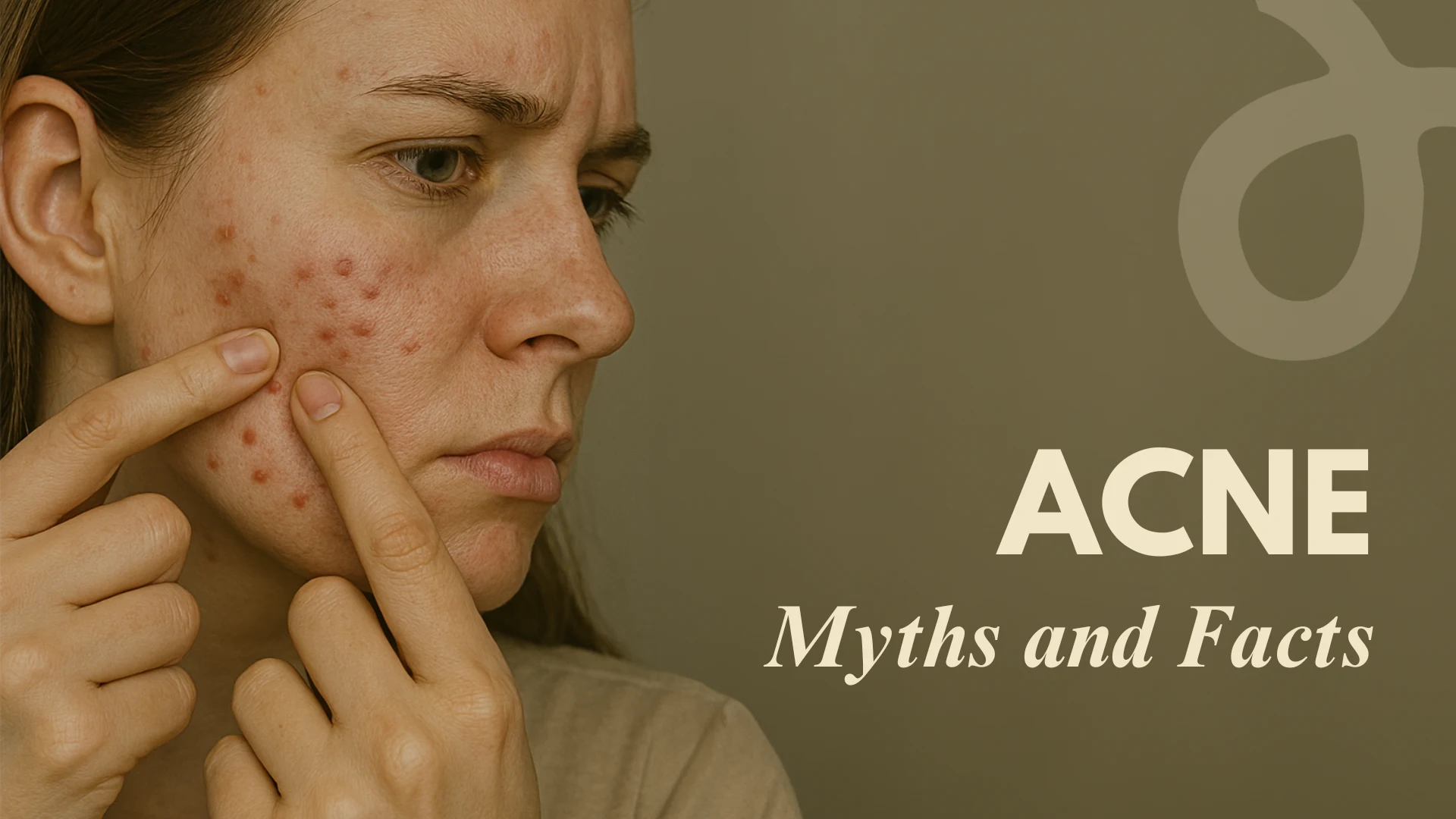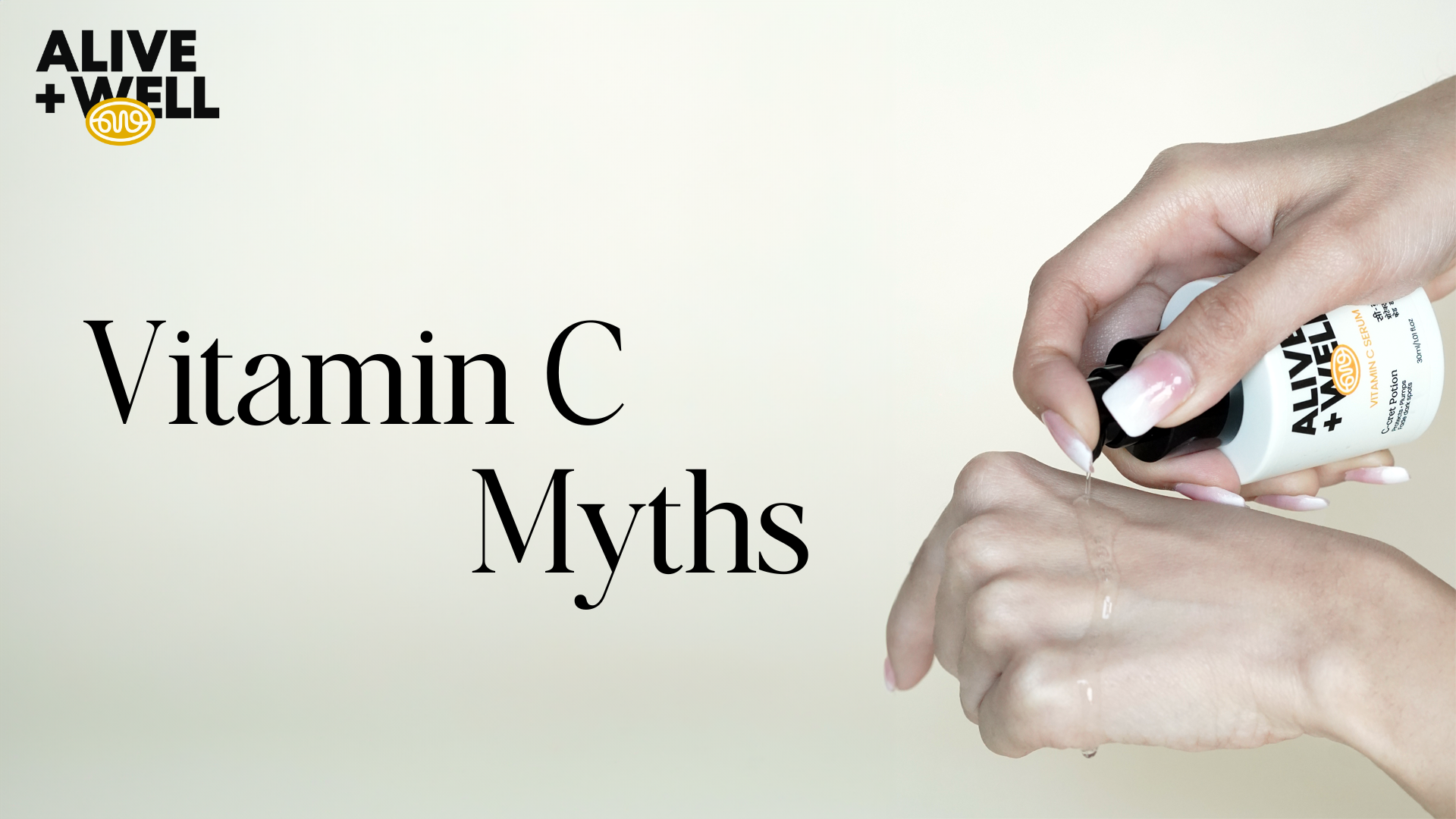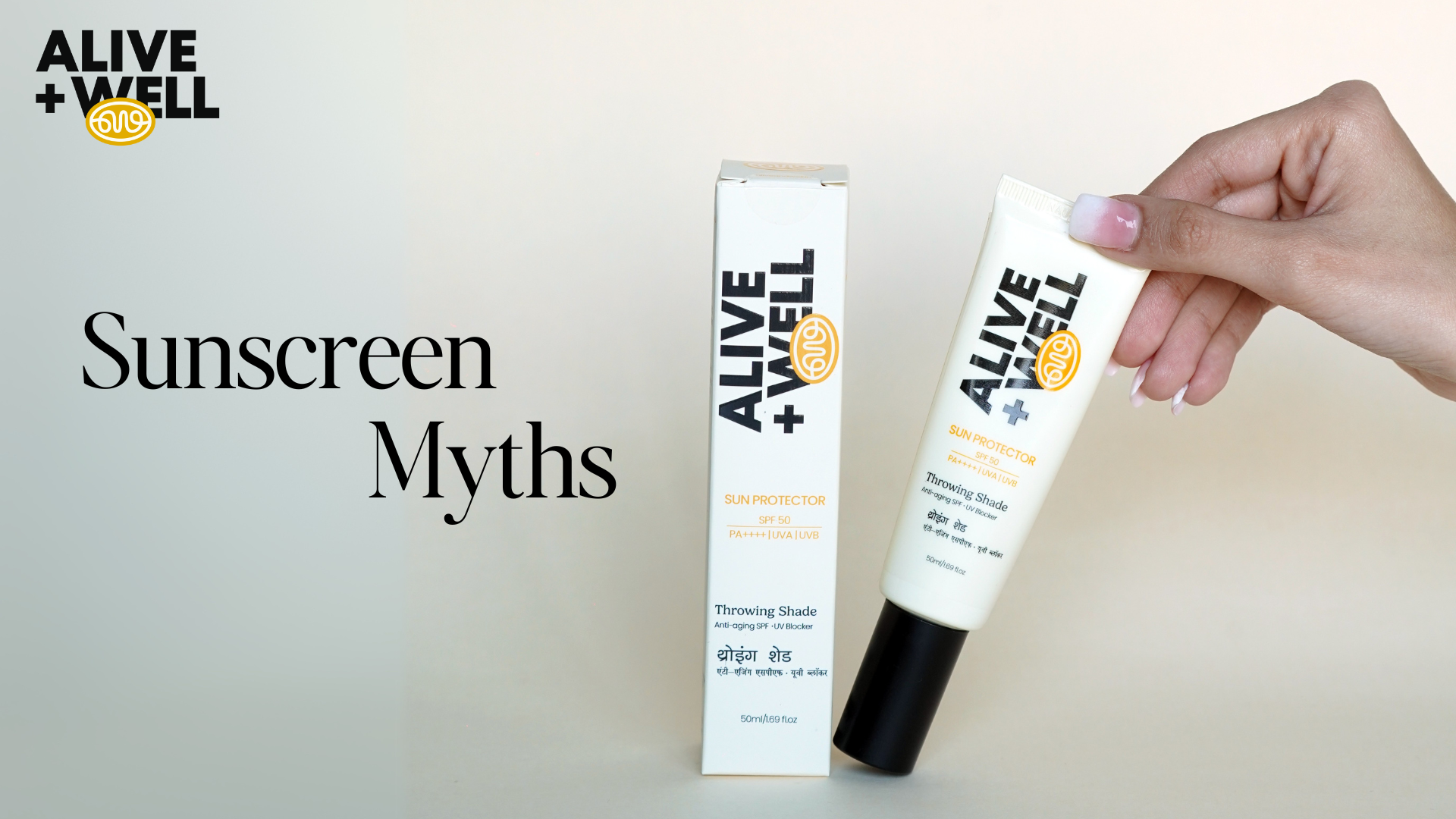Acne Myths and Facts
The Internet is filled with tons of information or misinformation about acne. From BFFs’ suggestions to ineffective treatments, we are surrounded by certain acne myths. Luckily, a few of them might seem to work, but most of them make the problem even worse. Let’s break down some acne myths and facts behind them.
Myth 1. Acne is curable
This one is bad news! Acne doesn’t have an official cure, it’s a chronic underlying condition that can persist for years, affecting both the skin’s surface and deeper layers. It may last from a few years during adolescence to two decades or more in adulthood. The good part is, it can be controlled. Regular cleansing, exfoliating with the right combination of treatments may take time, but it’s worth the effort. Consistent use of topical treatments like niacinamide and salicylic acid is known to work remarkably to tackle acne and breakouts.
Myth 2. Makeup causes acne
Another common myth that makeup accelerates acne, which isnt entirely false. The primary cause of acne is the buildup of dead skin and sebum in pores. Its true that certain makeup products can trigger acne by clogging pores. Celebrity dermatologist, Dr. Chiranjiv Chhabra, suggest to use oil-free and non-comedogenic products that reduces the risk of clogged pores, preventing breakouts.
Myth 3. Only teenagers get acne
This myth has existed since acne is most common in teenagers due to the hormonal changes they face in adolescence. As per the statistics, about 95% of people aged 11 to 30 experience acne, but for some, it continues till their adulthood. About 95% of people aged 11 to 30 experience acne, but for some, it continues till 50 and beyond, especially Women. Yes, women experience more adult acne issues due to lifelong hormonal changes. Hence, the misconception that acne only affects teens is completely false.
Myth 4. Pimples Happen Overnight
Pimple always seems to appear in the blink of an eye, but it’s weeks of behind-the-scenes work before they appear on your skin. The complex process consists of four interrelated stages:
- Stage 1: Excess dead skin cells mix with sebum to clog the pores
- Stage 2: hormonal changes lead to overproduction of oil (sebum), which creates a favorable environment for pimple development
- Stage 3: The P. acnes bacteria thrive in the clogged pores, leading to irritation
- Stage 4: As bacteria grow, they release byproducts, triggering breakouts.
Pimples don’t occur overnight. It’s a slow process that cannot be avoided but can be controlled through regular exfoliation with AHAs and BHAs, depending on skin type.
Myth 5. It’s OK to pop your pimples
The most common pimple myth, pimple popping is a universal temptation, but it doesn’t mean it’s a good idea. The urge to feel like you’re solving the problem, however, this short-term satisfaction comes with long-term consequences:
- Scars: Squeezing pimples harms the dermis (the deeper layer of skin), leading to scars that are much difficult to treat than acne itself.
- Infection Risk: Popping transfers bacteria from your hands into the open wound, increasing the risk of infection and inflammation.
- Dark Spots: Post-inflammatory hyperpigmentation (dark spots) often occurs after popping pimples, especially in people with deeper skin tones.
Rather than popping pimples, go for topical treatments containing ingredients like benzoyl peroxide or salicylic acid that are tailored to target pimples without any damage.
Myth 6. Eating chocolate and greasy foods causes acne
Blaming greasy and junk food is one of the most widespread myths about acne. Keeping a check on consumption of junk food is essential for health reasons, the good news is- the oil in junk food isn’t the culprit behind your acne. It’s the high glycemic index in high-starch foods (like wheat, rice, and potatoes) that triggers the oil production, leading to more breakouts.
Myth 7. Dirty skin causes acne
Acne isn’t caused by dirt or poor hygiene. The acne causing bacteria i.e., Cutibacterium acnes (C. acnes), already live on our skin, feeding on excess oil. To tackle your acne effectively, cleanse your face twice daily and incorporate oil-absorbing products to control sebum production. Remember not to over wash your face, as it will only trigger more acne.
Myth 8. Pores can open and close
Pore size are pre determined by genetics which implies, they cannot be opened or closed. Although oily skin with trapped sebum can make pore size appear bigger. Exfoliating twice a week with chemical cleansers like salicylic acid or lactic acid, helps remove dead skin cells, buildup around pores and making your pores appear smaller.
Managing acne is a long term commitment not a quick fix. Don’t fall prey to acne myths and stay dedicated to researched backed ingredients to keep things in your hands. Consult a dermatologist, if your acne persists even after using over-the-counter treatments, causing discomfort.



